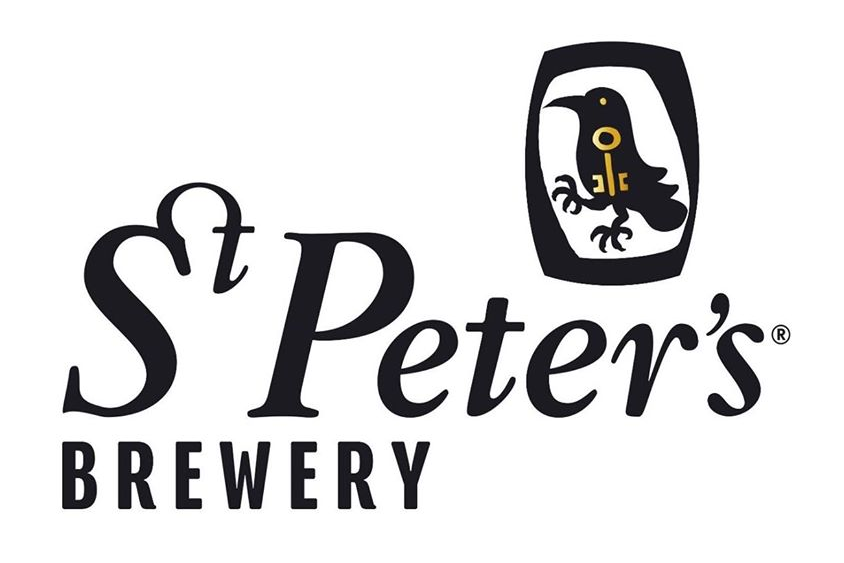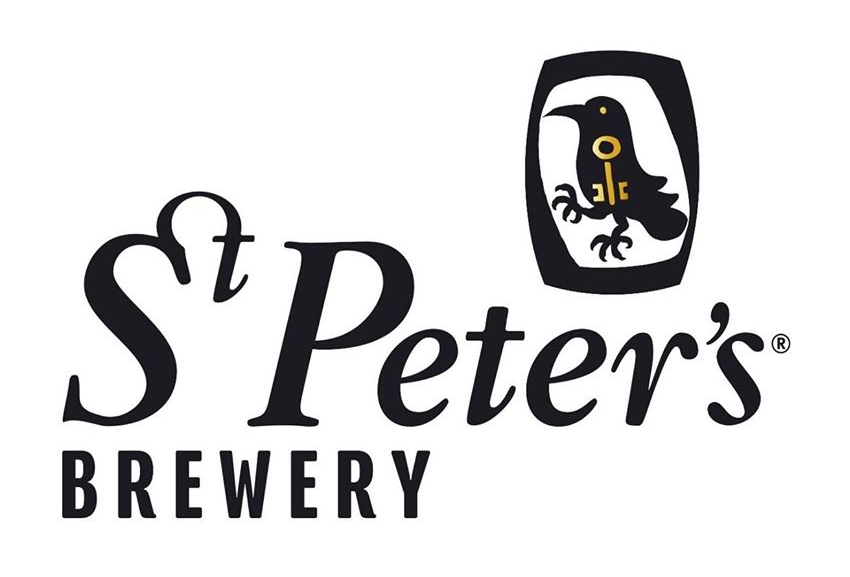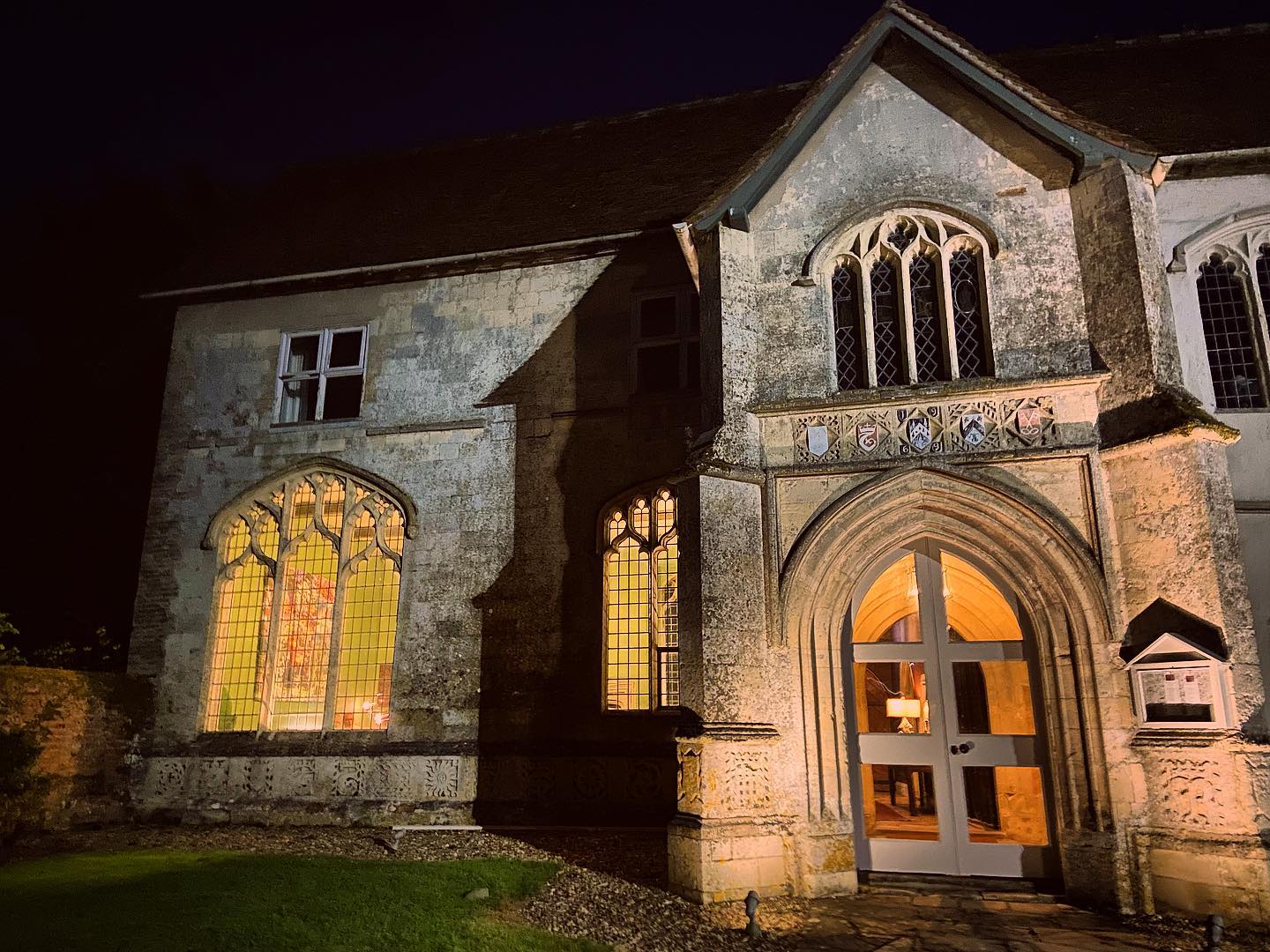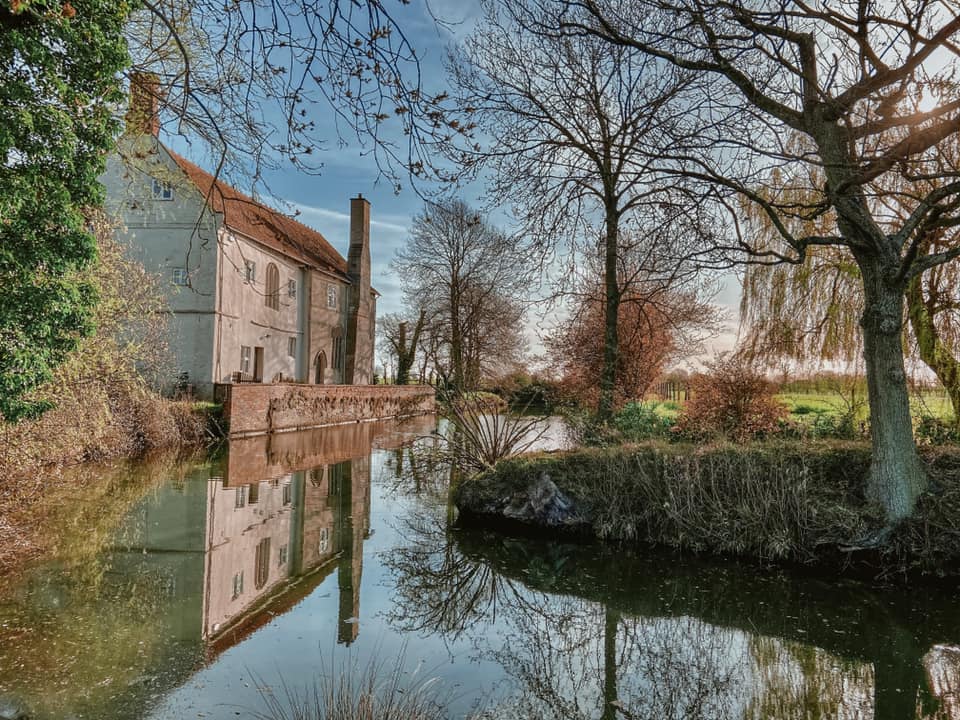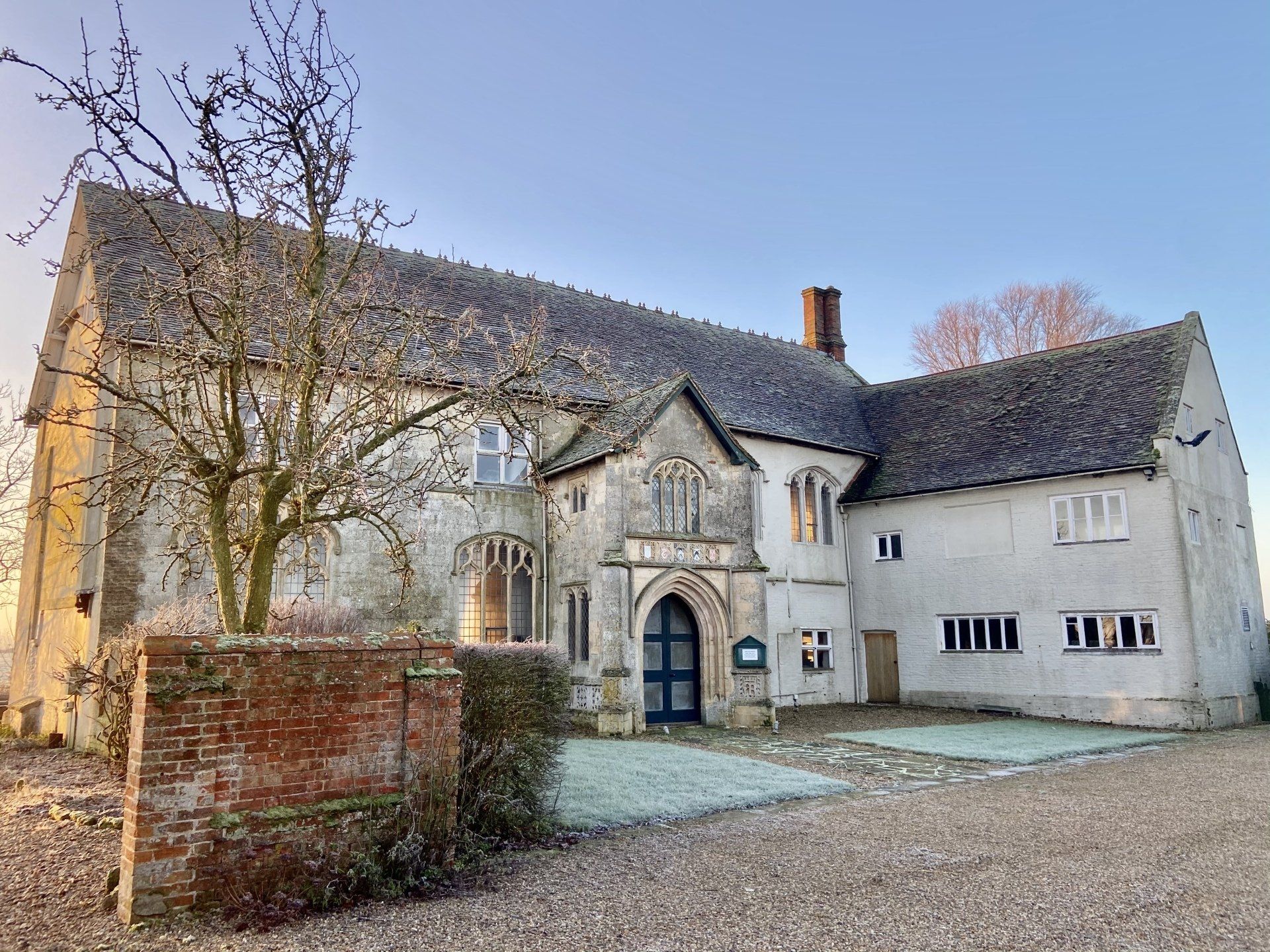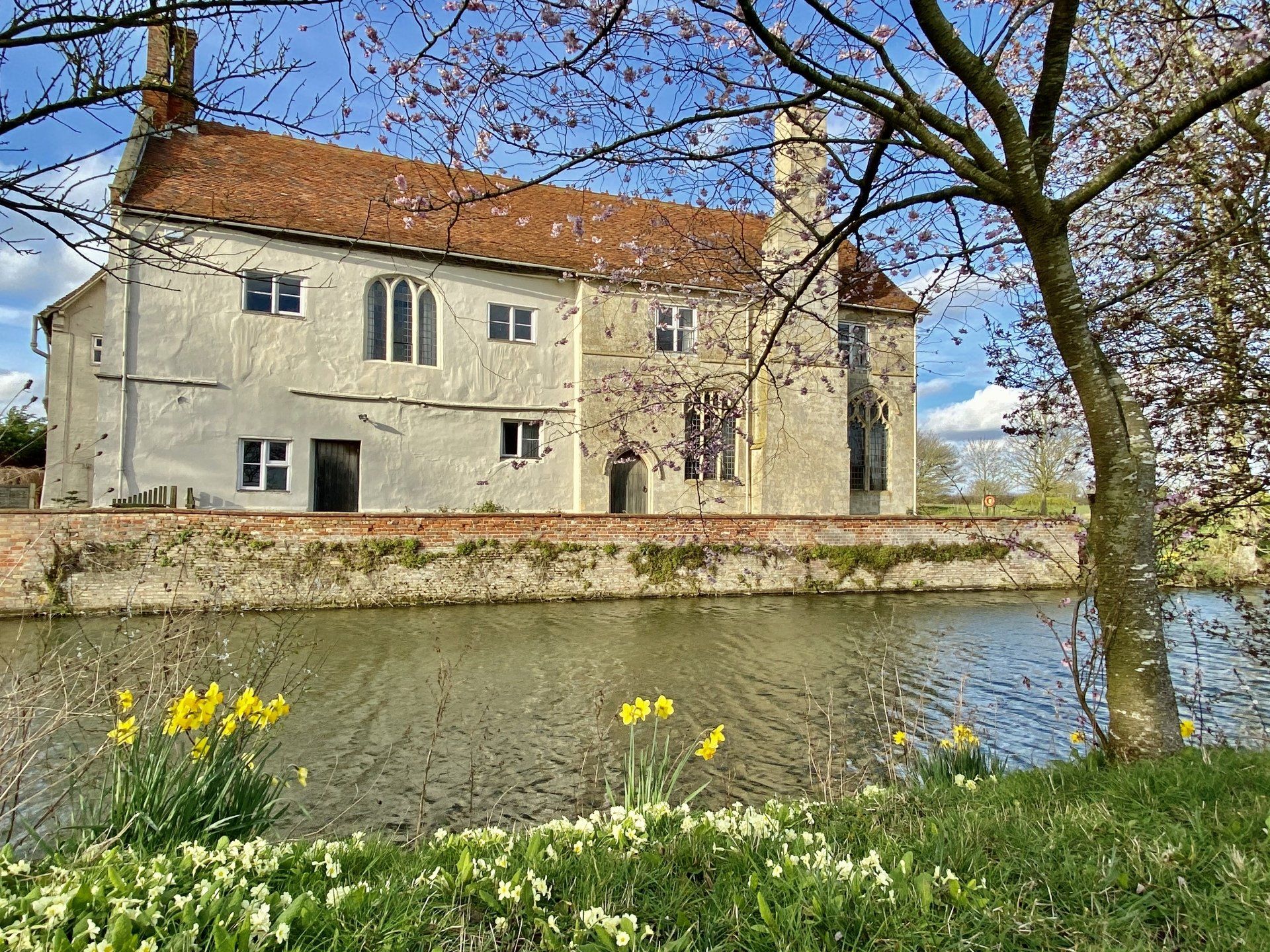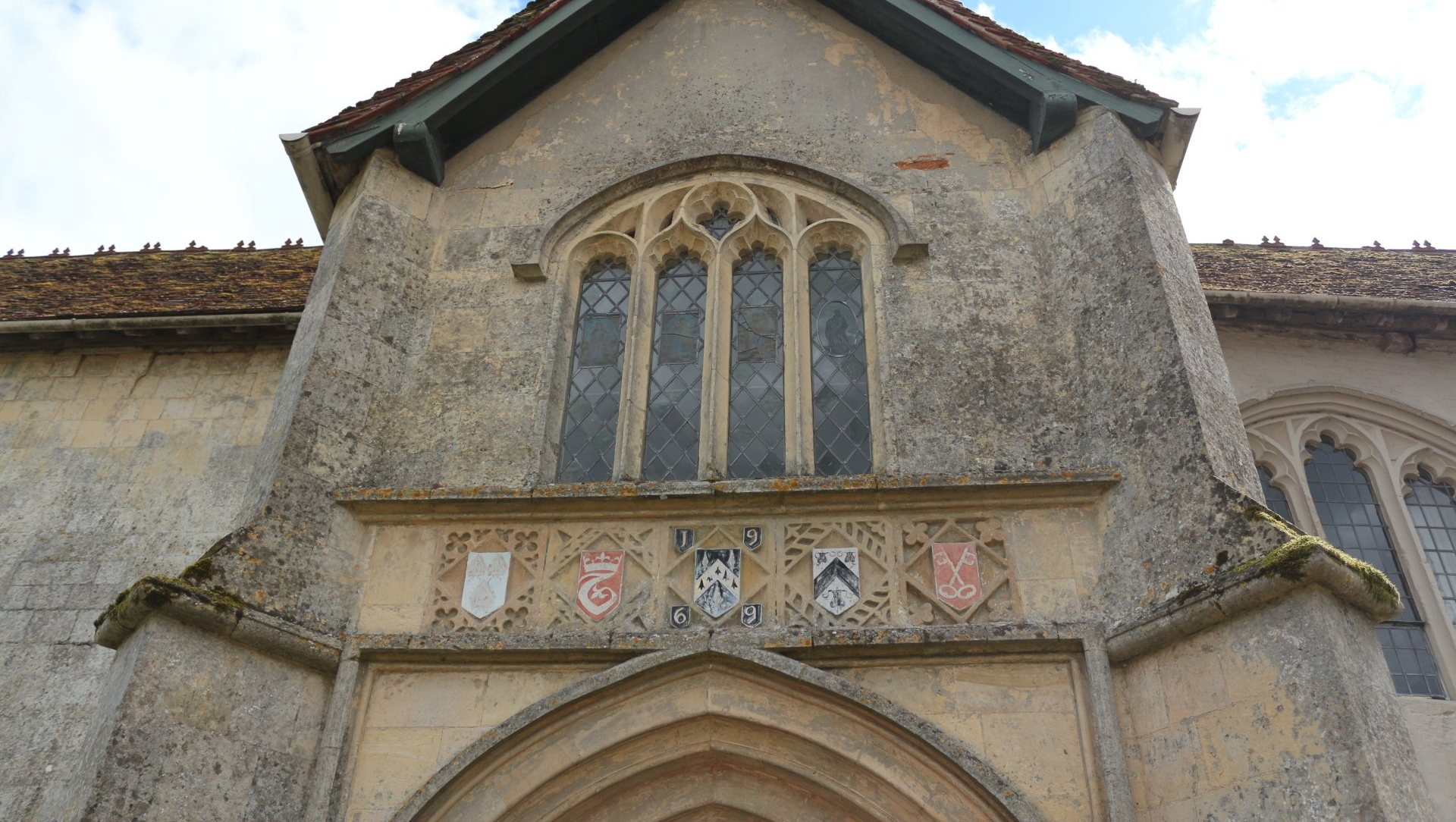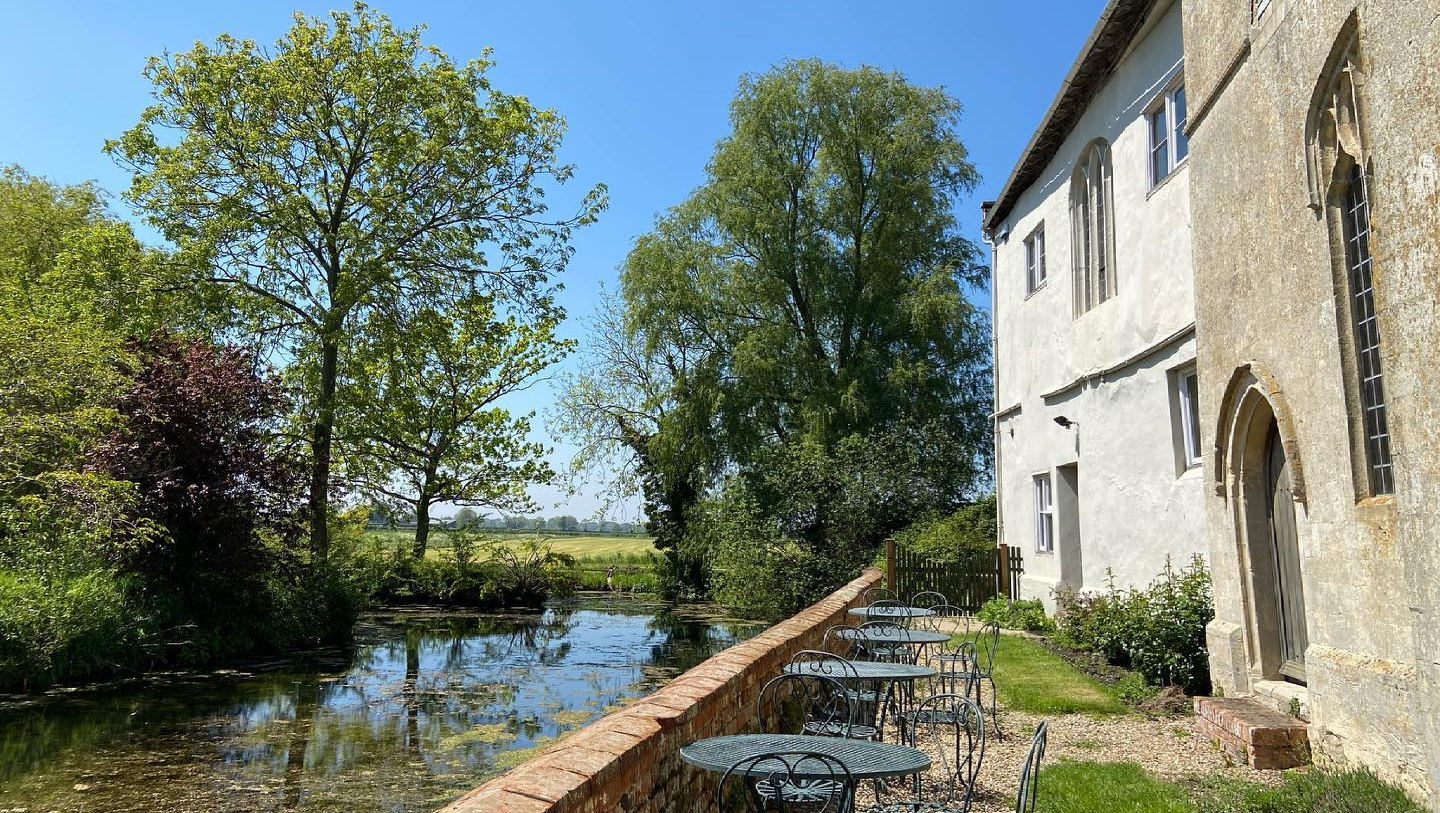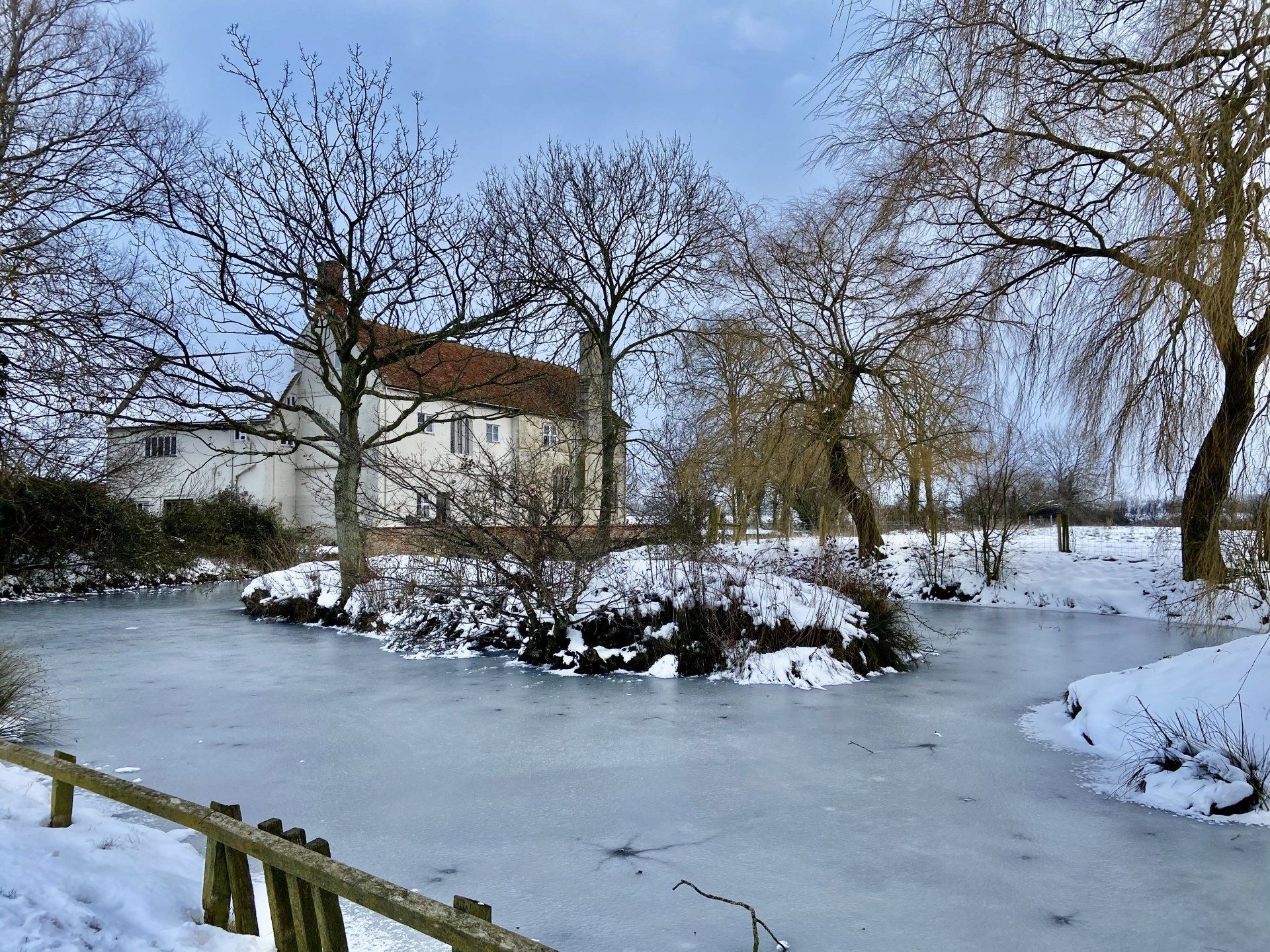Mr Tasburgh, the owner of St. Peter’s Hall, bought the ecclesiastical windows and the porch and associated parts of Flixton Priory and in 1538/39 hired a group of workmen to build an extension to his house using these materials. The workmen included John Collet, William Angell, Richard Doubleday and Thomas Blithe as well as Peter Vyknell, recorded as a Frenchman but probably from modern-day Belgium.
In the Summer of 1539 a feast was held in the Great Hall to commemorate the completion of the work and, it would seem, too much beer was drunk as some of the guests started to sing a ballett (ballad) against the Bishop of Rome (the Pope) and Peter Vyknell then re widgetmarked that he wanted to tell the Bishop of Rome how Englishmen railed and jested at him.
1539 was the year before the Reformation and the break with Rome and at the time Henry VIII was being holier than the Pope. As a result, Peter Vyknell was hauled off before an Ecclesiastical Court in Norwich on Christmas Day 1539 and accused of anti-popery. Fortunately for him, within months his heretic views had become orthodox.
